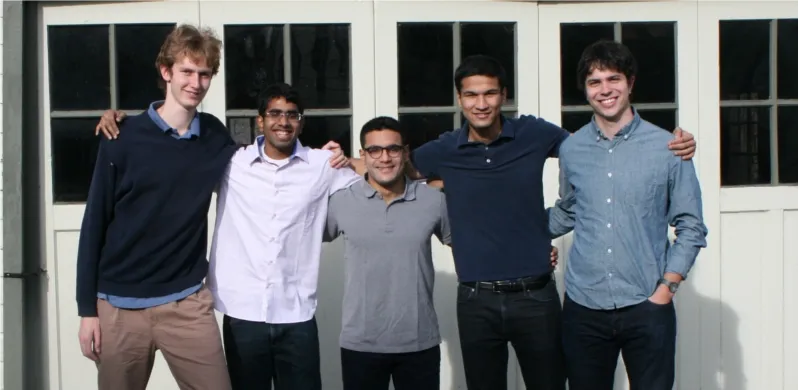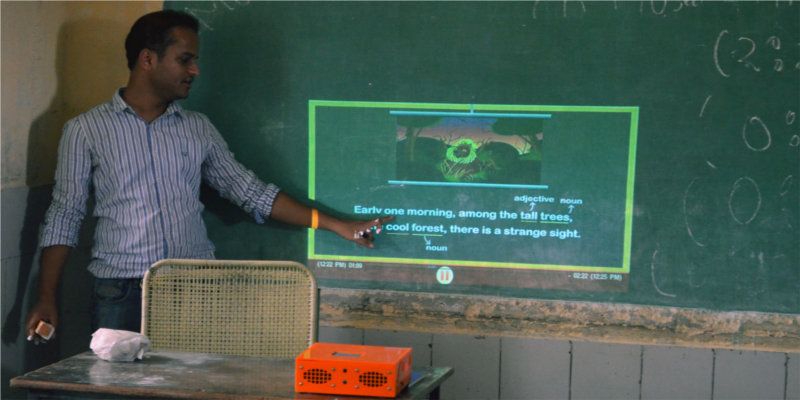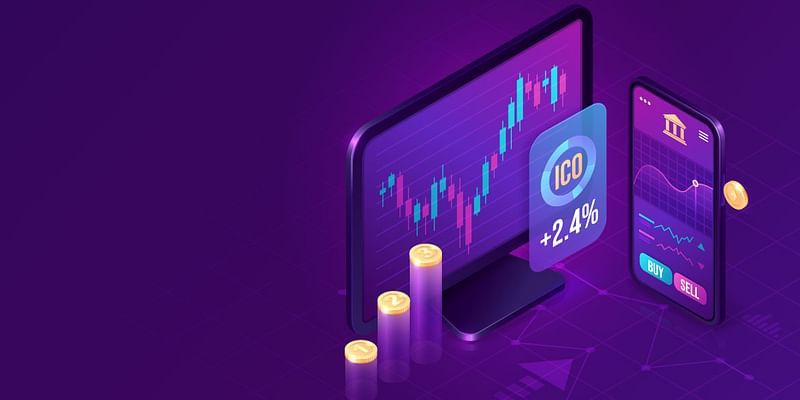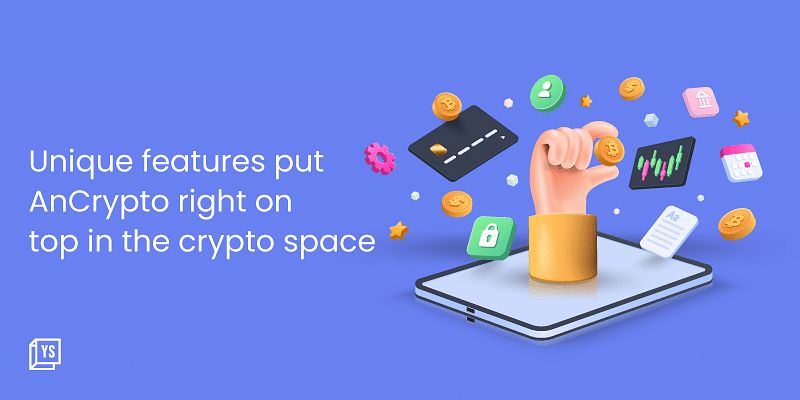How this ‘bright orange box' can aid thousands of under-resourced classrooms in India
The poor condition of classrooms in many schools in India bothered Shiva Mandal, Saksham Khosla and Prakash Paudel. Yes, technology and apps have invaded schools in urban India but there is large number of schools that are terribly low on resources. The three youngsters, studying at Oberlin College in USA, decided to correct this disconnect.
Step in, ‘Bright Orange Box’. Starting up LumenEd, the trio thought of making a device that can get the power of internet and video to the under-resourced classrooms. The vision was to make an impact in the classroom while circumventing the problems of infrastructure and low student engagement. To design, test and implement the many moving parts in this idea, they reached out to Thomas Kreek, a physics major, with a passion for DIY projects.

They first tested the idea in January 2014 at Sanskriti School in New Delhi and found that the prototype effectively displayed content and engaged students. A $10,000 funding from the Kathryn W. Davis 100 Projects for Peace Grant came in as a shot in the arm. The grant was given to redesign the device and run pilot program with Teach for India across six schools in the National Capital region in India.
The Bright Orange Box integrates a projector, PC and video camera. It serves a bi-directional role: to play audiovisual content to an entire classroom, and to record videos for the pen pal program – a program that connects classrooms in different countries to exchange knowledge, stories and life experiences through weekly video exchanges. This program operates among six schools in India and a handful in the US.

The content is sourced from a pool of diverse and engaging videos from open source content providers. By mapping this content to existing educational standards, like the CBSE or Common Core, the Box helps teachers find the materials they need. There are more than 1500 videos on Science, English and Math on the box. “Our platform also lets teachers browse, add, or remove content themselves. This allows teachers to seamlessly integrate new material when lesson plans change,” says Saksham.
To look at the business side of things, they have Henry Harboe. There are a couple of revenue streams: first involves a cross-subsidy through the Pen Pal Program — schools pay a yearly subscription fee for the Pen Pal service and sponsor a device for a classroom in a Bottom of the Pyramid (BoP) Indian school. The second involves a direct purchase of the Bright Orange Box by interested parties and NGOs (at a subsidized rate for the latter). The details are as follows:
Pen Pal Program
Device Sponsorship $870
Annual Subscription Fee $1,000
1st Year Fee $1,870
Subsequent Year Fee $1,000
Direct Sales
US Schools/General $870
NGO/Non-profit/Charity $700
The current cost per unit (inclusive of design, tooling, server, software development and shipping and import duties) is $670.

To handle operations in India, the team has Asheesh Ranjan from IIT Delhi. The Box houses a lot of valuable content and what makes it more special is that it is powered by a solar-charged battery; each device is capable of operating without electricity or internet access.
The partnership with Teach for India is substantial one for them since it’ll give them a good testing ground. If things work out, scale will also be achievable. Teach for India is present in more than 200 cities. LumenEd is focused on conducting the trials and working out ways to bring down the hardware cost. The team is maintaining a detailed blog documenting their journey and it serves as a good resource to keep a track of this promising innovation.
Website: LumenEd











